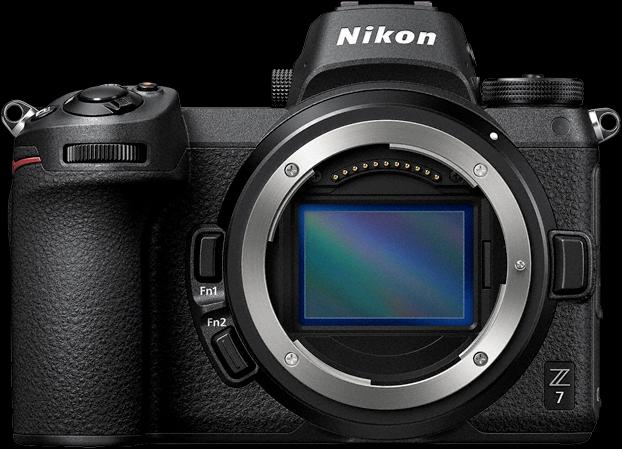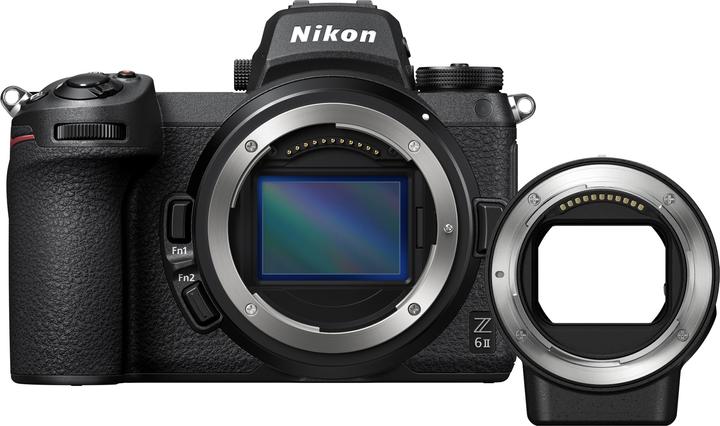
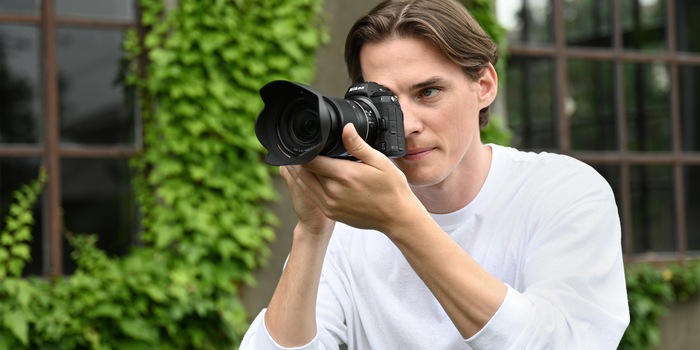
These are the new Nikon Z 6 II and Z 7 II
Two card slots and two processors. No two on the back of the new Nikon Z 6II and Z 7II, but no revolution either.
We already knew that they were coming, but now we also know what they can do. We're talking about the successor models to the Nikon Z 6 and Z 7.
The Z 6 and Z 7 from 2018 are Nikon's first mirrorless full-frame cameras. They do not differ from each other on the outside, but they do on the inside. The Z 6 with its lower resolution is designed for hybrid shooting (photo and video), while the Z 7 with its high resolution has a clear focus on photography, especially landscapes and architecture. Both models will remain available.
The fact that the new cameras have the number two in their name is no coincidence.
Two card slots
This was the most urgent wish or rather the biggest criticism of the first Z cameras: they only have one slot - obviously an absolute no-go for the millions of professional wedding photographers out there ;-). Nikon takes pity on these maltreated souls and delivers what many believe should have been included in the first models.
In addition, the one slot was of the CFExpress/XQD type. Although this enables particularly high storage speeds, most users have to buy new memory cards because the format is still not very widespread. The second slot in the new models now works with standard SD cards, whereby the fast UHS-II is also supported.
The card slot also seems to be the only thing that distinguishes the cameras from their predecessors from a purely external perspective - apart from the name labelling, of course.
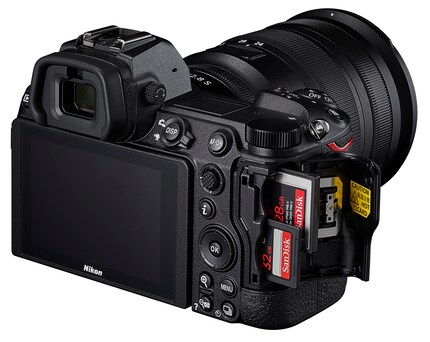
Two processors
But there's a surprise inside: the new cameras each have two processors. Two image processors of the Expeed 6 type.
More computing power is becoming increasingly important for cameras. Processing huge amounts of data has to be fast. The Nikon Z 6II and Z 7II are indeed fast - but not beyond what we know from cameras with just one processor. It will be interesting to see how the processor tandem performs in practice. Will the battery run out faster? Or will this be compensated for by skilful energy management? Do the devices overheat less if the work can be divided between two processors?
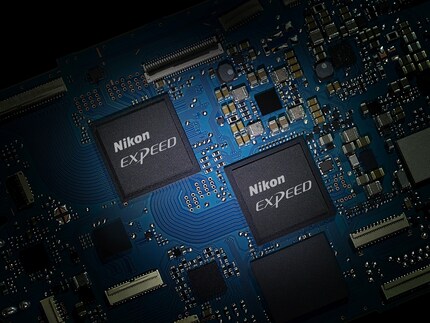
A few data
The maximum video quality is computationally intensive: the new cameras offer 4K with 60 fps, via HDMI and external recorder also with 10-bit colour depth. However, this will only be possible with the Z 6II after a firmware update, which Nikon has announced for February 2021.
The continuous frame rate is also impressive. It is 10 frames per second for the Z 7II and 14 for the Z 6II - with tracking autofocus and electronic shutter. The buffer memory is sufficient for a comfortable 50 or 100 images per second.
However, the Z 6 and Z 7 are not much slower at 12 and 9 frames per second respectively.
According to Nikon, the autofocus tracking works faster than with the previous models. Eye and face recognition for people, dogs and cats now also works in videos. The autofocus is also more sensitive to light than in the previous models.
The new MB-N11 battery grip also comes with the two new bodies. It holds an additional battery and the batteries can be changed during operation. Also new: the optional WR-R11b radio remote control.
The Z6 II is expected to be available from November 2020, the Z 7II from December 2020. Both are available in different kits with and without lens adapter. You can find them under "Kit variants" by clicking on the product
My interest in IT and writing landed me in tech journalism early on (2000). I want to know how we can use technology without being used. Outside of the office, I’m a keen musician who makes up for lacking talent with excessive enthusiasm.
From the latest iPhone to the return of 80s fashion. The editorial team will help you make sense of it all.
Show all